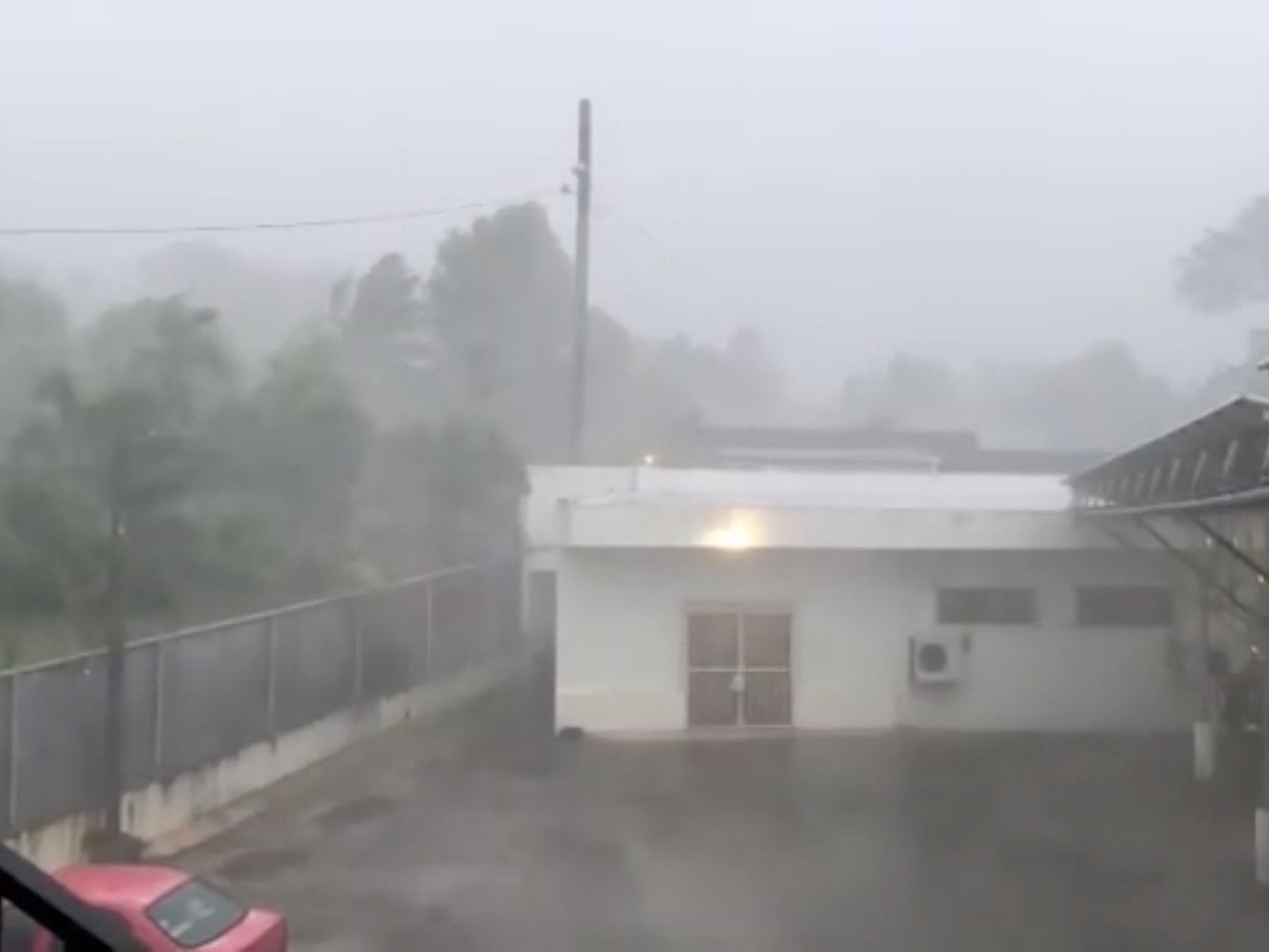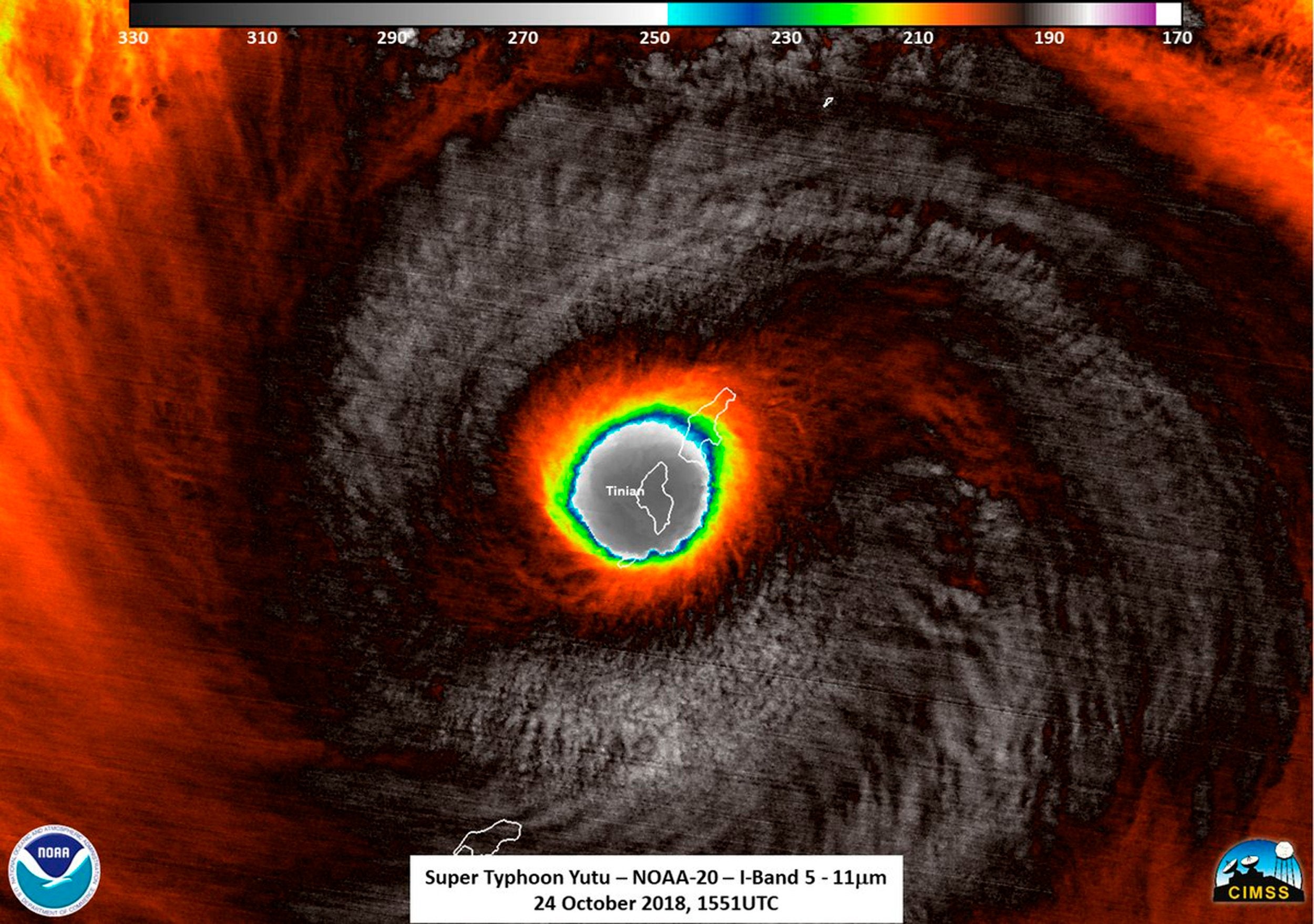Super Typhoon Yutu hits Northern Mariana Islands leaving US territory facing months without power
Several injured and damage to buildings reported as powerful tropical storm sweeps across island chain
Your support helps us to tell the story
From reproductive rights to climate change to Big Tech, The Independent is on the ground when the story is developing. Whether it's investigating the financials of Elon Musk's pro-Trump PAC or producing our latest documentary, 'The A Word', which shines a light on the American women fighting for reproductive rights, we know how important it is to parse out the facts from the messaging.
At such a critical moment in US history, we need reporters on the ground. Your donation allows us to keep sending journalists to speak to both sides of the story.
The Independent is trusted by Americans across the entire political spectrum. And unlike many other quality news outlets, we choose not to lock Americans out of our reporting and analysis with paywalls. We believe quality journalism should be available to everyone, paid for by those who can afford it.
Your support makes all the difference.A huge tropical storm has crashed into a remote US territory in the Pacific, leaving islanders facing the prospect of months without electricity and running water.
Super Typhoon Yutu crossed over the Northern Mariana Islands early on Thursday with the equivalent power of a Category 5 hurricane, making it the strongest storm to hit any part of the US this year.
Maximum sustained winds of 180 mph were recorded around the eye of the storm as it hit the territory, National Weather Service officials said.
Gregorio Kilili Camacho Sablan, the islands’ delegate to congress, said a significant aid effort would be needed to help the region recover from the storm, which he said had left several people injured.
Mr Sablan said he had heard reports people had been waiting at hospitals across the island chain for treatment, but had no further details on the number of casualties.
“There's a lot of damage and destruction,” he said. “It's like a small war just passed through.”
Speaking from the largest island in the territory, Saipan, Mr Sablan said he had been unable to contact officials on the neighbouring islands of Tinian and Rota because phone lines and electricity had been cut during the storm.
“It's going to take weeks probably to get electricity back to everybody,” he said.
Mr Sablan said colleagues in congress had already reached out to offer help and he expected a presidential disaster declaration to be put in place.
Electricity on Saipan first went out at around 4pm on Wednesday, resident Glen Hunter said.
“We probably won't have power for months,” he said, recalling how islanders went without electricity for four months following Typhoon Soudelor in 2015.

The Northern Mariana Islands, a US dependency with similar status to Puerto Rico, is home to around 53,000 people.
It is situated in the middle of the Pacific Ocean, roughly 3,800 miles west of Hawaii and 120 miles north of Guam, another United States territory.
Mr Hunter, who has lived on the islands since childhood, said the typhoon was the strongest he could remember.

He added his neighbour’s house, made of wood and tin, had been completely destroyed during the storm.
“At its peak, it felt like many trains running constant,” he said. “At its peak, the wind was constant and the sound horrifying.”
Additional reporting by AP

Join our commenting forum
Join thought-provoking conversations, follow other Independent readers and see their replies
Comments